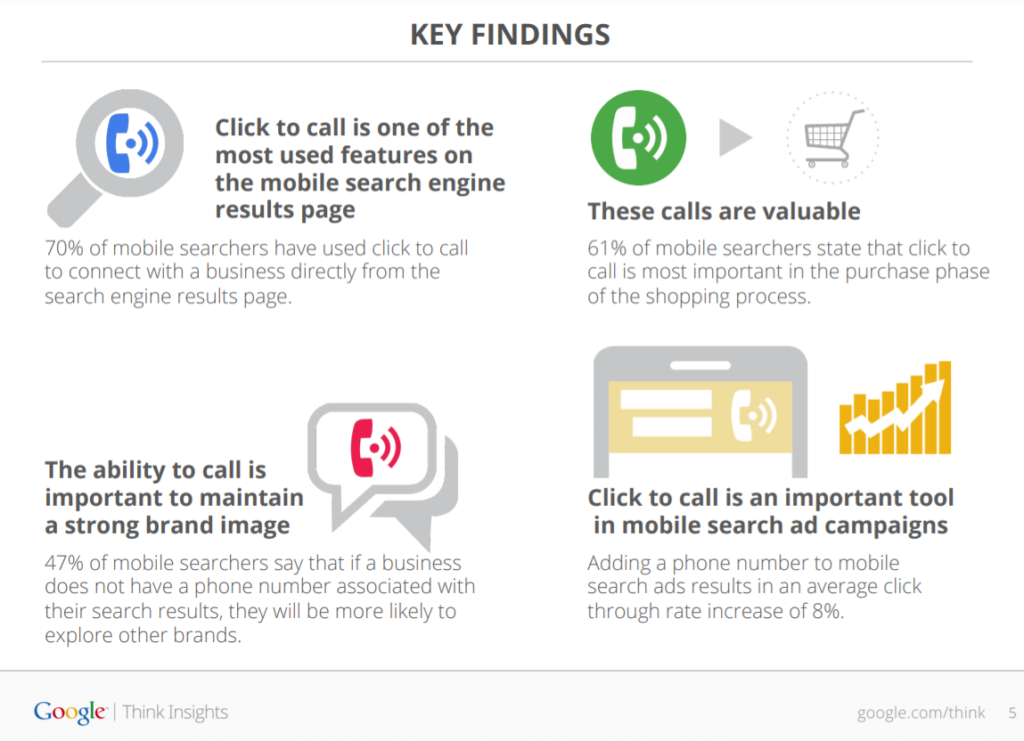In today’s digital landscape, where cyber threats continue to proliferate, ensuring robust security measures is crucial for businesses of all sizes. Cybersecurity operations play a pivotal role in safeguarding sensitive data, mitigating risks, and protecting against potential breaches.
While many organizations focus on implementing firewalls, encryption, and other security measures, one vital but often overlooked step in comprehensive cyber defense is network monitoring. In this article, we delve into the importance of network monitoring in cyber security operations and how it can significantly enhance your organization’s overall security posture.
Understanding Network Monitoring
Network monitoring involves the continuous surveillance of a computer network to identify and respond to security threats, performance issues, and other network-related problems. It provides valuable insights into the overall health, performance, and security of your network infrastructure. By leveraging advanced monitoring tools and technologies, organizations can gain real-time visibility into network activities, identify anomalies, and respond promptly to potential security breaches.
The Vital Role of Network Monitoring in Cyber Security Operations
- Proactive Threat Detection: Network monitoring acts as a proactive defense mechanism, allowing organizations to identify potential threats before they escalate into major security incidents. By monitoring network traffic, suspicious activities, and system logs, IT teams can swiftly detect unauthorized access attempts, malware infections, and other malicious activities. Early detection enables timely response, minimizing the impact of security breaches and preventing sensitive data from falling into the wrong hands.
- Improved Incident Response: In the event of a security incident, network monitoring provides essential data for incident response and forensic investigations. Detailed logs and network activity records enable IT teams to trace the source of the breach, analyze the extent of the damage, and develop effective remediation strategies. This valuable information ensures a more efficient incident response process, reducing downtime and minimizing the potential damage caused by cyber attacks.
- Enhanced Performance Optimization: Network monitoring not only aids in identifying security threats but also offers insights into network performance. By monitoring bandwidth usage, latency, and other network metrics, organizations can optimize their network infrastructure for better performance. Identifying bottlenecks, optimizing traffic flow, and managing network congestion become easier with the continuous monitoring and analysis of network data.
- Compliance and Regulatory Requirements: Many industries are subject to stringent compliance and regulatory standards regarding data privacy and security. Network monitoring plays a vital role in meeting these requirements. By monitoring network activity, organizations can ensure compliance with data protection regulations, identify vulnerabilities, and implement necessary security controls. This proactive approach helps organizations avoid penalties, legal consequences, and reputational damage associated with non-compliance.
- Internal Threat Detection: While external cyber threats are a significant concern, internal threats can also pose a substantial risk to an organization’s security. Network monitoring enables the identification of suspicious activities originating from within the network, such as insider threats or unauthorized access attempts by employees. By monitoring user behavior, access privileges, and data transfers, organizations can detect and mitigate internal security risks more effectively.
Best Practices for Effective Network Monitoring
To harness the full potential of network monitoring, organizations should consider the following best practices:
- Choose the Right Tools: Invest in robust network monitoring tools capable of providing real-time insights into network activities, identifying anomalies, and generating actionable alerts. Select tools that align with your organization’s specific needs and network infrastructure.
- Implement Comprehensive Monitoring: Monitor all critical network components, including routers, switches, firewalls, servers, and endpoints. Ensure that network monitoring covers both internal and external network traffic to gain a holistic view of your organization’s security landscape.
- Continuous Monitoring and Analysis: Network monitoring should be an ongoing process, not a one-time setup. Regularly review network logs, conduct deep packet inspections, and analyze network traffic to identify any
- Outsource the manual portion to WatchDog. Just provide the logs and we do the rest.









